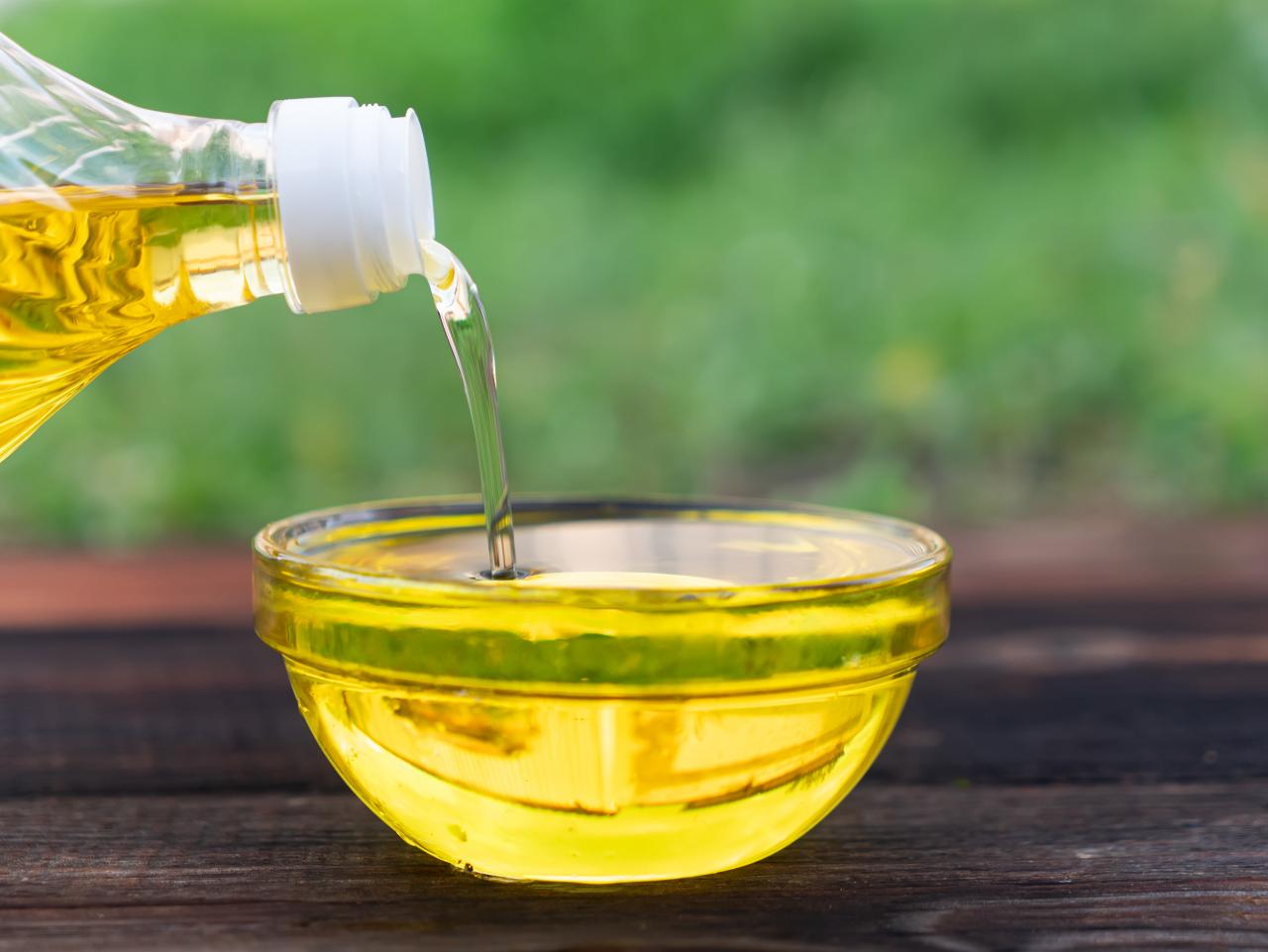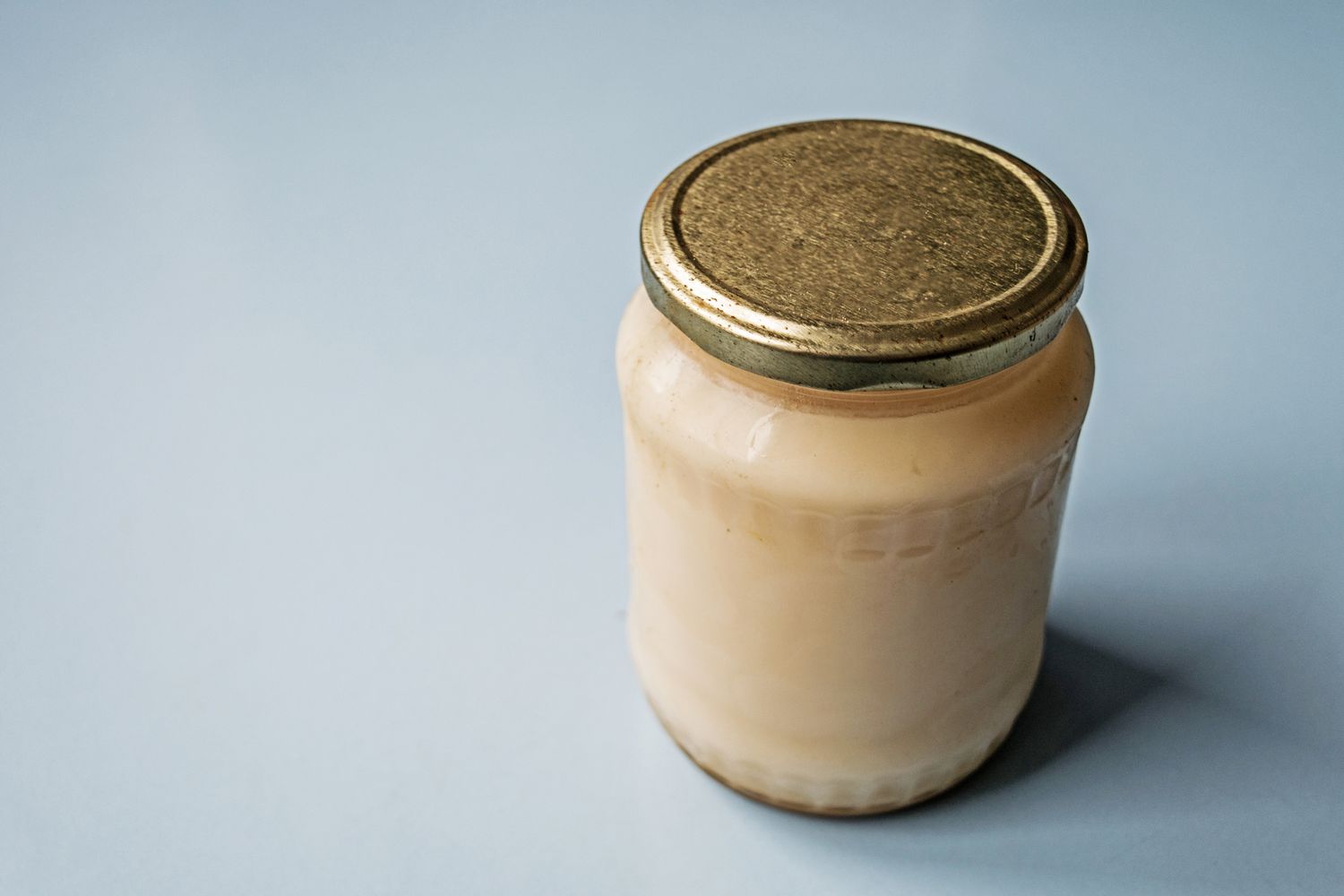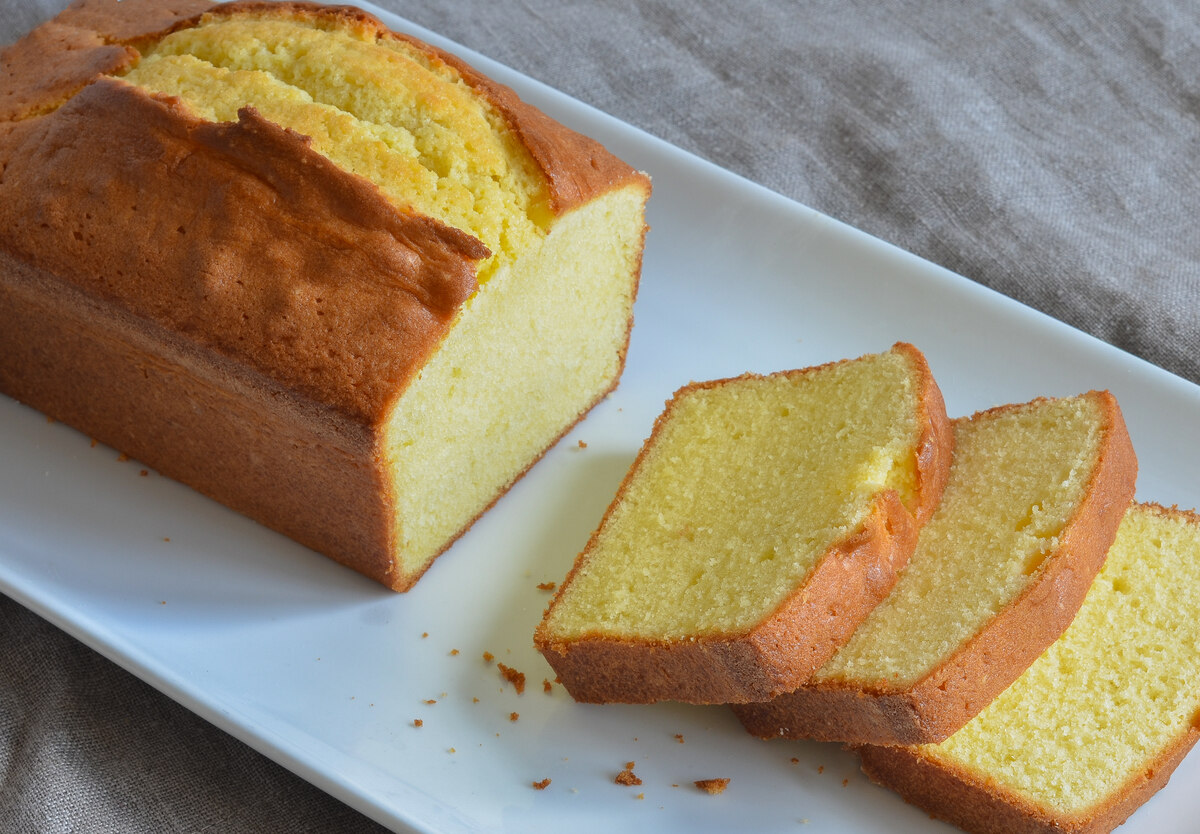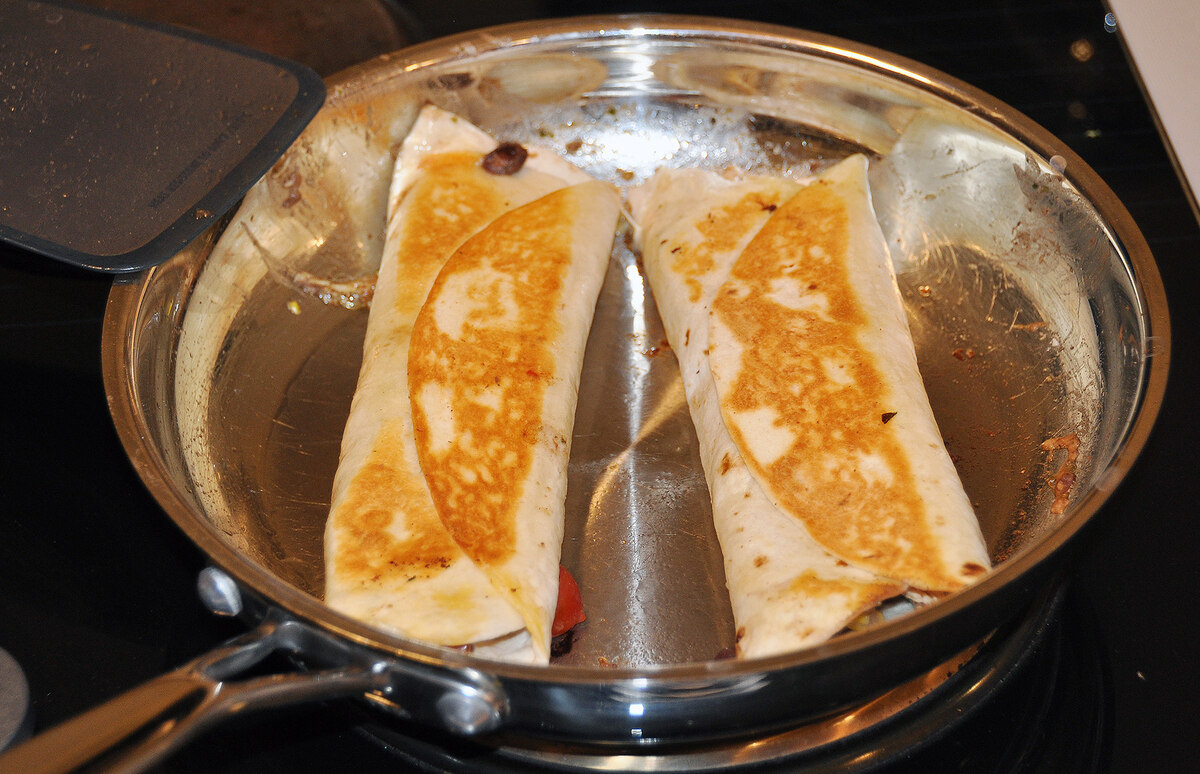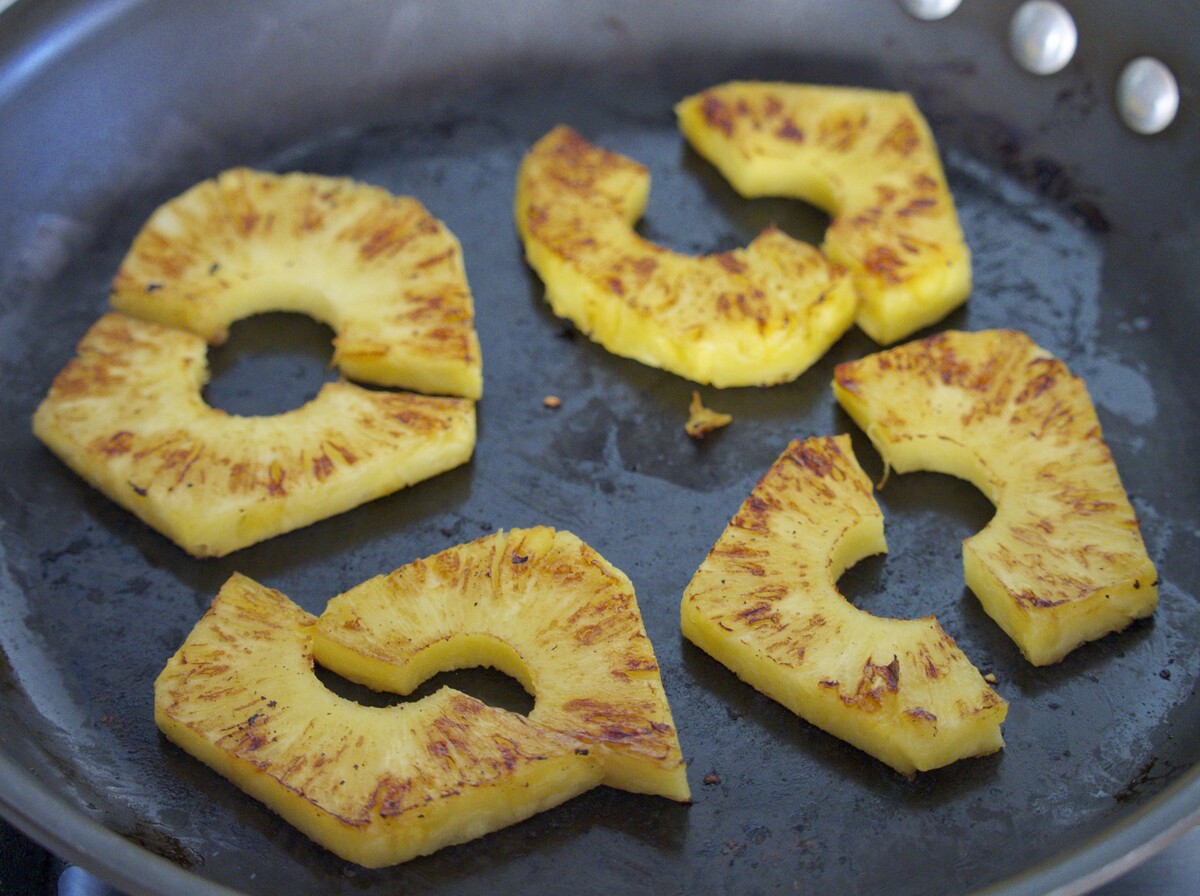What is Mead?
Before we dive into the process of clarifying mead, let’s take a moment to understand what mead actually is. Mead is an ancient alcoholic beverage made by fermenting honey with water, and sometimes with fruits, spices, grains, or hops. It’s often referred to as “honey wine” and has a rich history dating back thousands of years.
Why Clarify Mead?
When making mead, it’s common for the final product to be cloudy or hazy. This cloudiness is caused by suspended particles such as yeast, proteins, and other organic matter. While some people enjoy the rustic look of cloudy mead, others prefer a clear and polished appearance. Additionally, clarifying mead can improve its flavor and shelf life by removing any unwanted sediment.
Methods for Clarifying Mead
There are several methods that can be used to clarify mead, each with its own benefits and considerations. Here are some popular techniques:
- Racking: Racking involves siphoning the mead from one container to another, leaving behind the sediment at the bottom. This process can be repeated multiple times to achieve greater clarity.
- Fining Agents: Fining agents such as bentonite, gelatin, or isinglass can be added to the mead to help attract and bind with suspended particles, making them easier to remove.
- Cold Crashing: By lowering the temperature of the mead, suspended particles can settle to the bottom more quickly, allowing for easier removal.
- Filtering: Using a fine mesh or specialized filter, mead can be mechanically strained to remove particles and achieve clarity.
Step-by-Step Guide to Clarifying Mead
Now that we’ve explored the various methods for clarifying mead, let’s walk through a step-by-step guide to clarifying your own batch of mead using the racking method:
- Prepare Your Equipment: Make sure you have clean and sanitized siphoning equipment, as well as a secondary fermentation vessel.
- Let the Mead Settle: After fermentation is complete, allow the mead to sit undisturbed for a few weeks to let the sediment settle to the bottom of the container.
- Rack the Mead: Carefully siphon the clear mead from the top of the container into a new vessel, leaving the sediment behind.
- Repeat if Necessary: If the mead is still cloudy, you can repeat the racking process one or more times until the desired clarity is achieved.
- Bottle the Mead: Once the mead is clear, it can be bottled for aging and enjoyment.
Final Thoughts
Clarifying mead is a rewarding process that can enhance both the appearance and flavor of this ancient beverage. Whether you choose to use racking, fining agents, cold crashing, or filtering, the end result is a beautifully clear mead that is sure to impress. So, grab your equipment and get ready to clarify your own batch of mead – the results are well worth the effort!
More Delicious Ways to Enjoy Your Mead
Now that you've grasped the essentials of clarifying mead, it's time to put your skills to the test with a variety of recipes that can benefit from your newfound knowledge. For starters, the Traditional Honey Mead Recipe is a perfect canvas for practicing clarity, as its simple ingredients allow the nuances of your technique to shine through. Adventurous brewers might want to try the Spiced Orange Mead Recipe or the Raspberry Melomel Recipe, both of which offer a delightful challenge with their complex flavors and potential for beautiful, clear finishes. For those looking to impress at their next gathering, crafting a crystal-clear batch of Mulled Mead Recipe using your clarification skills will undoubtedly be a hit. Each recipe provides a unique opportunity to refine your clarifying technique while expanding your mead-making repertoire.
Was this page helpful?
Read Next: How To Clarify Bacon Grease
